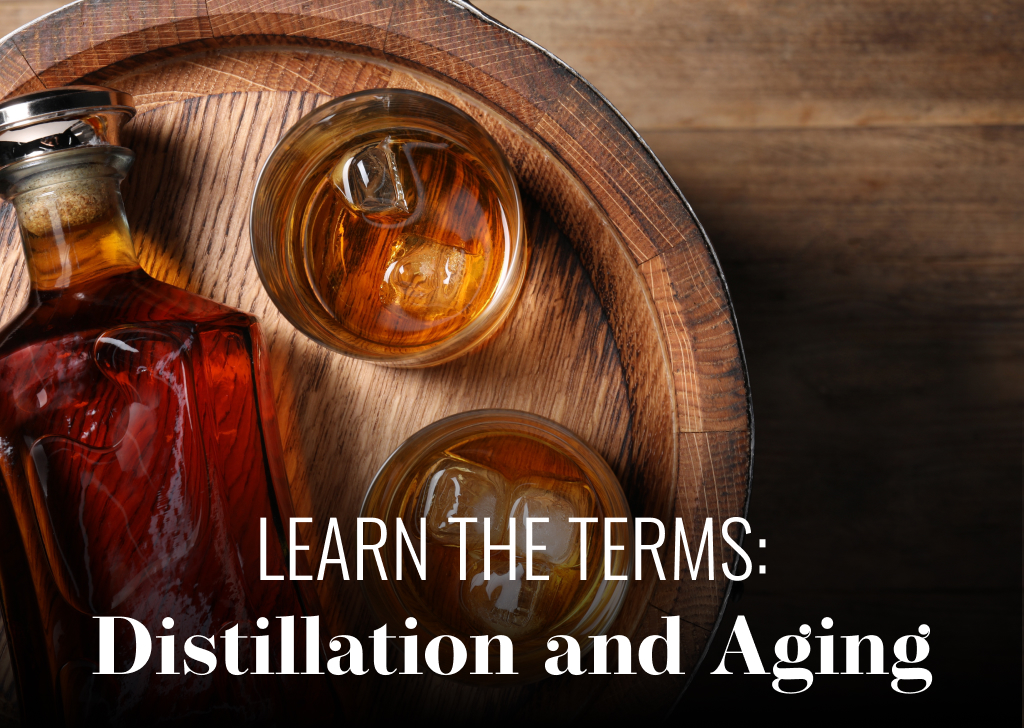In spirit production, distillation and aging are critical pillars, influencing the final product’s flavor, aroma, and overall character. Distillation is the process of purifying alcohol from fermented substances through heating and cooling, separating the desired liquid from less volatile components. On the other hand, aging involves maturing the distilled spirits in barrels, allowing them to absorb intricate flavors from the wood and the environment. This extended introduction aims to demystify these complex processes, offering a clearer understanding of how distillation and aging are not just steps in production but essential in crafting spirits’ distinctive qualities.
The Art of Distillation: Crafting Spirits
Distillation is a pivotal step in spirit production, a method where science meets art to turn fermented liquids into distilled spirits. This process hinges on heating the fermented mash to vaporize the alcohol, which has a lower boiling point than water, and then cooling the vapors to condense them into liquid form. While it fundamentally separates alcohol from water and other components, distillation is where the spirit begins to take on its unique identity.
Traditional pot still distillation, revered for producing spirits full of depth and character, operates batch-by-batch. This method is particularly valued for making Scotch whisky and cognac, as it allows for a rich interplay of flavors. The pot still’s design and the distiller’s skill in managing the distillation runs are crucial in shaping the spirit’s profile.
Column still distillation represents a more modern approach, facilitating continuous distillation. This technique is ideal for producing spirits like vodka and light rum, where purity and consistency are key. The column still’s efficiency in separating alcohol results in a cleaner, higher-proof spirit, demonstrating the diversity in distillation methods and their impact on the final product.
The choice of heating source also emerges as a subtle yet influential factor. Traditional direct-fire distillation, often used in pot stills, can introduce a slight caramelization of the wash, adding depth and complexity to the spirit. Conversely, modern steam or indirect heating methods offer more precise control over temperatures, resulting in a cleaner distillate. This variation in heat sources underscores the distiller’s influence on crafting a spirit’s profile, showcasing the meticulous balance between tradition and technological innovation in shaping the essence of the final product.
Aging: The Transformation Through Time
Distilled spirits gain their complexity and allure during the aging process. In this stage, the clear spirit is stored in wooden barrels, undergoing a series of chemical reactions over time. The spirit interacts with the wood, extracting flavors, colors, and textures. This maturation period is critical for developing the depth and nuances that define many of the world’s favorite spirits.
The type of wood used for the barrels, usually oak, plays a significant role in this transformation. The wood imparts various flavors to the spirit, such as vanilla, caramel, or spices, depending on the type of oak and its treatment before use. Barrels previously used to age other beverages, like sherry or bourbon, can add flavor layers, introducing fruitiness or sweetness.
Understanding the nuances of regional influences in aging takes our appreciation of spirits to new heights. Different regions with unique climates and traditions leave a distinct mark on aging. For instance, the humid, tropical climate of the Caribbean accelerates the interaction between spirit and wood, intensifying the aging process for rum. In contrast, Scotland’s cooler, more temperate regions slow down this interaction, allowing for the gradual development of flavors in Scotch whisky. This regional diversity not only adds to the complexity of flavors but also highlights the global tapestry of spirit production, where geography and climate are as integral to the character of a spirit as the craftsmanship behind it.
Beyond Basics: Exploring Deeper
For enthusiasts seeking deeper insights, exploring micro-distillation and innovative aging practices offers a glimpse into the future of spirit production. Micro-distilleries are at the forefront of experimenting with artisanal techniques and unconventional ingredients, pushing the boundaries of traditional spirit profiles. These small-scale operations often explore novel approaches to distillation and aging, such as experimenting with different wood types or adjusting the aging period to achieve unique flavor profiles.
The solera aging process, traditionally used in producing sherry and some rums, exemplifies innovation in aging. This method involves continuously blending different vintages, where younger spirits are systematically mixed with older ones in a series of barrels. This results in a product of consistent quality and complexity, showcasing the intricate balance between tradition and innovation in spirit production.
Exploring further into the intricacies of spirit production, enthusiasts discover the impact of raw material variation on distillation and aging. Different base ingredients, such as various grains for whiskey or types of agave for tequila, significantly influence the spirit’s final flavor profile. This diversity highlights the importance of terroir in spirits, akin to its role in wine, showcasing how the environment where ingredients are grown can affect the taste. Additionally, innovative aging containers, beyond traditional oak barrels, like acacia or cherry wood, offer a playground for distillers to experiment with, creating spirits that challenge and expand our taste horizons.
